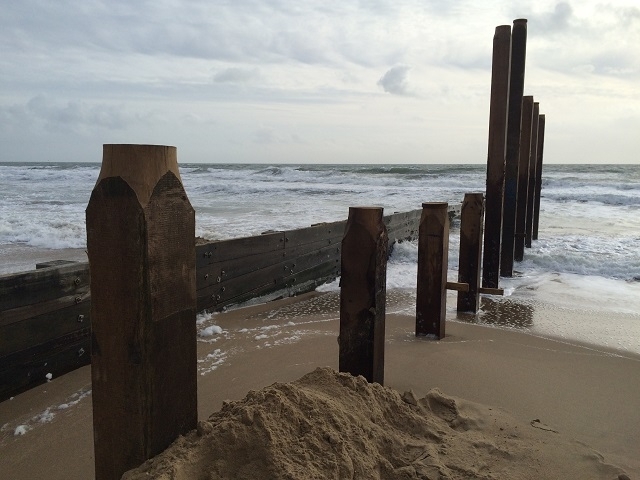5 things you didn’t know about Ekki
Published: 23/03/20 By: Mike Bekin
As leading providers of FSC® certified sustainable timbers, we deliver a number of wood varieties to help all industries boost the eco-friendliness of their projects. One of our most popular hardwood species, alongside Oak, is Ekki.
Ekki is a naturally durable timber that’s amongst the hardest species on the planet. Subsequently it is the ideal material for use across a multitude of applications looking for a very long service life durability. Yet, still many aren’t aware of the additional benefits that go hand-in-hand with Ekki.
Read on to discover five things you didn’t know about Ekki and find the right sustainable timber for your upcoming project.
1. Ekki originates from West Africa
Ekki comes from different countries in West Africa, including Gabon, Cameroon and Ghana. Those who don’t know the species as Ekki may be more familiar with its other local names such as Azobe or Bongossi. It is sometimes also known as Red Ironwood, a title which refers to its extreme strength and durability, as well as its distinctive red colouring.
2. It’s one very special timber type
In its rainforest home in West Africa, Ekki is a special type of timber that generally sits amongst thousands of other tree species. Here TRADA details how to identify Ekki by its colour and appearance:
“The sapwood is pale pink and sharply defined from the heart-wood, which is red-brown to dark brown with a somewhat speckled appearance due to white deposits in the pores. The grain is usually interlocked and the texture is coarse. The wood is extremely hard and heavy, weighing 960 to 1120 kg/m³ when dried.”
3. Ekki is an important species for sustainability
Ekki is a vulnerable tree species. It has been exploited heavily in recent years due to its impressive density, durability, and lack of availability throughout the western world. It is at the centre of West Africa’s history of deforestation as a result, with illegal logging, corrupt practices, the hunting of endangered wildlife, human rights abuses, and habitat destruction all contributing to the demise of this incredible tree species.
Sourcing your Ekki timber from an FSC® certified forest via an independent supplier like us is therefore important. By obtaining Ekki from FSC® certified sources, you are helping to uphold the FSC® standard of sustainable logging in tropical forests, which ensures both the forest and its people and biodiversity are respected and not depleted.
4. It’s so dense it sinks in water
Its density is just one of the physical properties that makes Ekki the first choice for civil and marine projects. Ekki’s relative weight is 1.2 which means it sinks in water.
The natural strength and elasticity of Ekki exceeds Oak by far too. Ekki has a Crushing Strength of 96 MPa compared to European Oak’s 46.3 MPa. Its Static Bending Strength or Modulus of Rupture (MoR) is 162 MPa, while Oak has an MoR of 97.1 MPa. The Modulus of Elasticity (or MoE) of Ekki stands at an impressive 21,420 MPa.
Just to put it into perspective, Ekki is about double the strength of Pine. Scots Pine or Pinus Sylvestris has a MoR of 83.3 MPa and a Crushing Strength of just 41.5 MPa according to The Wood Database.
 5. Ekki is perfect for marine projects
5. Ekki is perfect for marine projects
The amazing durability and strength of Ekki makes it the best material for many civil, rail and marine applications. Unlike steel and concrete, Ekki lasts a long time in water.
Rather than rusting, corroding, and collapsing, Ekki’s density and natural tannins protect it from being attacked by degrading organisms. It is commonly used to construct piers, beach groynes, railway longitudinal beams, and sleepers as a result.
Find out more about Ekki timber or contact us directly to discuss your project requirements.
